Group health care plan costs this year jumped an average of 6.9%, the largest increase since 2004, according to a survey of more than 2,800 employers released last week by New York-based Mercer L.L.C. That increase brought annual costs to an average of $9,562 per employee compared with $8,945 in 2009, according to the survey.
By contrast, group health plan costs rose an average of 5.5% in 2009, the smallest increase in more than a decade, and 6.3% in 2008.
Mercer consultants said the spike may be the result of two factors: medical providers boosting their fees and charges and increased utilization.
“Higher prices for health care services seem to be part of the equation, but if the recession caused a slowdown in utilization last year, we may also be seeing the effect of employees getting care they’ve been putting off,” Susan Connolly, a partner in Mercer’s Boston office, said in a statement.
To prevent even bigger cost increases in 2011—caused in part by meeting requirements set by the health care reform law passed earlier this year—many employers intend to change their plan design, such as shifting costs to employees or changing insurers.
Without health plan changes, employers predicted cost increases of about 10% next year. With such changes, employers expect to hold their actual cost increase in 2011 to an average of 6.4%, according to the survey.
Employers are taking action to try to hold down the increases.
For example, among preferred provider organization plans imposing a deductible, the average individual deductible for in-network providers jumped more than $100 this year, rising to an average of $1,200.
For PPO sponsors, the percentage that do not require a deductible for individual coverage for in-network services fell to 16% this year, down from 22% last year.
In addition, more employers stopped offering health maintenance organization plans—the most expensive plan design (see chart), where costs for all employers this year averaged $8,892 per employee; while more employers added consumer-driven health care plans, where costs averaged $6,759 per employee for CDHPs linked to health savings accounts.
“Employers did a little bit of everything to hold down cost increases in 2010,” said Beth Umland, Mercer’s director of health and benefits research in New York.
In 2010, 26% of employers offered an HMO, down from 28% in 2008. As recently as 2005, about one-third of employers offered an HMO.
Correspondingly, HMO enrollment has been sliding, with 19% of employees enrolled in HMOs this year, down from 21% in 2009, and a huge drop from 2001, when one-third of employees were enrolled in the plans.
On the other hand, 17% of employers offered a CDHP linked to HSAs or health reimbursement arrangements this year, up from 15% last year. In 2005, just 2% of employers offered a CDHP.
The nation’s biggest employers have especially embraced CDHPs. This year, 51% of employers with at least 20,000 employees offered a CDHP linked to an HSA or HRA, up from 43% in 2009.
Among those jumbo employers, 15% of employees enrolled in CDHPs this year, up from 9% last year.
Incentives gain ground In a bid to hold down costs that vary by U.S. region (see chart, page 3), more employers are giving employees incentives or imposing penalties to take steps, such as completing health risk assessments or halting unhealthy habits, leading to better health.
For example, 27% of employers of large employers—those with at least 500 employees—provided incentives for employees to boost employee participation in wellness and other health management programs. That’s up from 21% a year ago.
In addition, incentives are becoming more substantial. A token gift was the most common incentive for participating in a health risk assessment three years ago. Today, it is cash—typically $75—or a reduction in the premium employees pay for coverage, Mercer said.
The survey also found that employers continue to drop retiree health care plans. This year, just 19% of large employers offered health care coverage to Medicare-eligible retirees, down from 21% in 2009. In 1999, 28% of large employers offered the coverage, while 40% did so in 1993.
